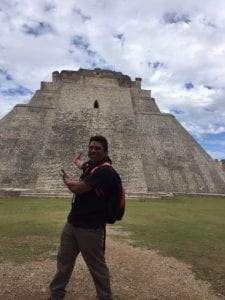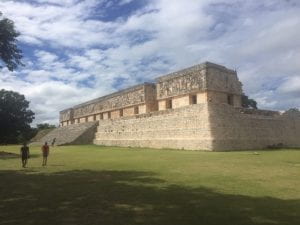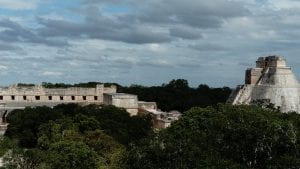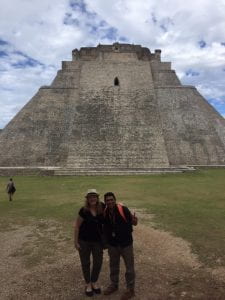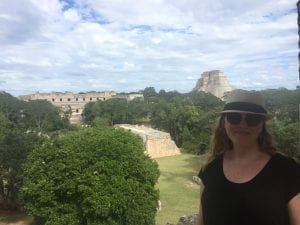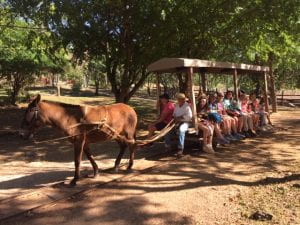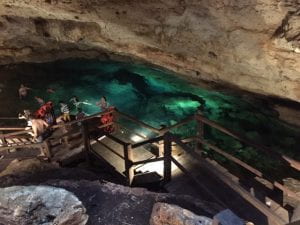After our visit to the Mayan ruins at Uxmal, we will drive to the village of Santa Elena to visit with and learn from a modern-day Mayan priest, Mr. Renan (or, in Spanish, Don Renan), who lives with his extended family in a group of traditional Mayan open-air homes. He will describe his work with the community, discuss the religious practices of the Mayas, and offer brief demonstrations of some of the common agricultural practices that have allowed his ancestors to live off the land for thousands of years.
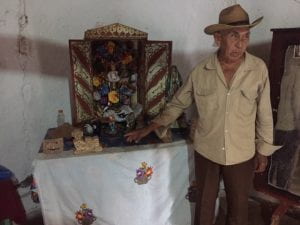
Don Renan explains how any modern Mayan households contain an alter with elements of both Catholic and Mayan religions.
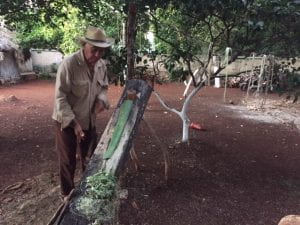
Don Renan demonstrates how rope for household and agricultural use may be made from the leaves of the henequen agave plant. First, an agave leaf must be picked and then wedged into place on a horizontal board.
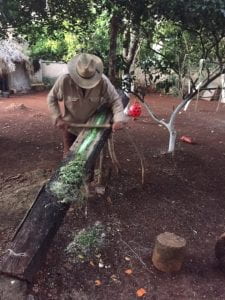
Next, the leaf must be scraped until only the stringy fibers inside the leaf remain. After drying, the fibers from a single leaf may be braided into a strong, short rope.
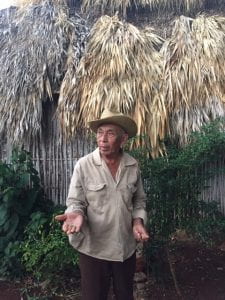
Don Renan in his garden, discussing which plants have historically grown well in this part of the Yucatán.
